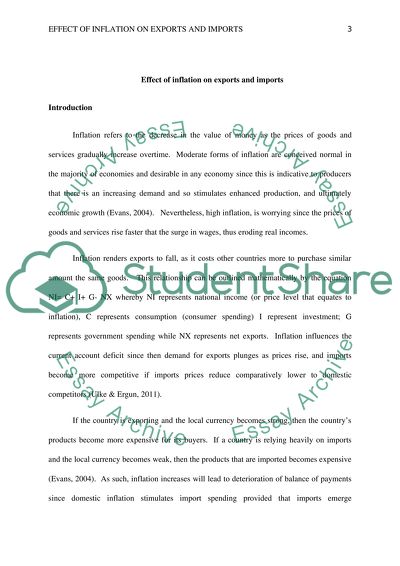Cite this document
(“Intermediate macro on the effect of inflation on exports and imports Term Paper”, n.d.)
Intermediate macro on the effect of inflation on exports and imports Term Paper. Retrieved from https://studentshare.org/macro-microeconomics/1466627-intermediate-macro-on-the-effect-of-inflation-on
Intermediate macro on the effect of inflation on exports and imports Term Paper. Retrieved from https://studentshare.org/macro-microeconomics/1466627-intermediate-macro-on-the-effect-of-inflation-on
(Intermediate Macro on the Effect of Inflation on Exports and Imports Term Paper)
Intermediate Macro on the Effect of Inflation on Exports and Imports Term Paper. https://studentshare.org/macro-microeconomics/1466627-intermediate-macro-on-the-effect-of-inflation-on.
Intermediate Macro on the Effect of Inflation on Exports and Imports Term Paper. https://studentshare.org/macro-microeconomics/1466627-intermediate-macro-on-the-effect-of-inflation-on.
“Intermediate Macro on the Effect of Inflation on Exports and Imports Term Paper”, n.d. https://studentshare.org/macro-microeconomics/1466627-intermediate-macro-on-the-effect-of-inflation-on.


